With Apple ready to unleash ARKit to millions of iPhones and iPads and ARCore on its way to supporting millions of Android devices, is there room in the world for a cross-platform mobile AR platform?
On Aug. 28, Palo Alto startup 8th Wall announced its 8th Wall XR, a suite of native tools for developing mobile AR apps. They cited that, despite the introduction of ARKit, 85 percent of smartphones would lack native AR frameworks in 2018, illustrating the need for their platform.
Then, on Aug. 29, Google announced ARCore, with the goal of providing AR tools to developers for 100 million Android phones. This takes a big bite out of the number of unsupported phones that 8th Wall projects.
However, if we assume that ARCore will only work on devices running Android 7.0 Nougat and higher, and we know that ARKit will leave behind anything older than an iPhone 5, then there is still a gap. Using 8th Wall XR as a bridge, app developers can equalize their AR experiences across devices.
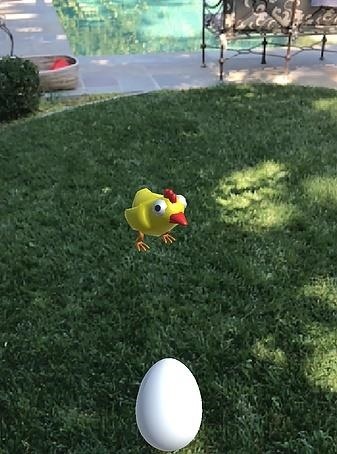


8th Wall XR supports native frameworks, such as ARKit and Tango, with support for ARCore under development. When present, 8th Wall XR uses these libraries for tracking with six degrees of freedom (DoF), surface detection, light estimation, and scene display.
However, when native platforms are absent, 8th Wall XR lends its own vision and machine learning algorithms to the app, providing tracking with three DoF, fixed surfaces, camera calibration information, and vision-based lighting estimation. The company promises an upgrade to six DoF
8th Wall XR works by bringing the best possible AR experience to each user's device. It leverages native libraries like ARKit or Tango when available, and in their absence as is common today, the very same apps run on all other iOS or Android devices by using the phone's camera and inertial sensors. We've made it much faster to develop as well, addressing the current shortcomings and challenges in building an AR app today. With 8th Wall XR, developers can now effortlessly create an AR application in a matter of minutes.
The 8th Wall XR for Unity is available now for developers. The SDK includes APIs for lighting, surfaces, textures, and 3D tracking. The company also offers 8th Wall XR as a solution for building custom native applications for iOS or Android.
Just updated your iPhone to iOS 18? You'll find a ton of hot new features for some of your most-used Apple apps. Dive in and see for yourself:
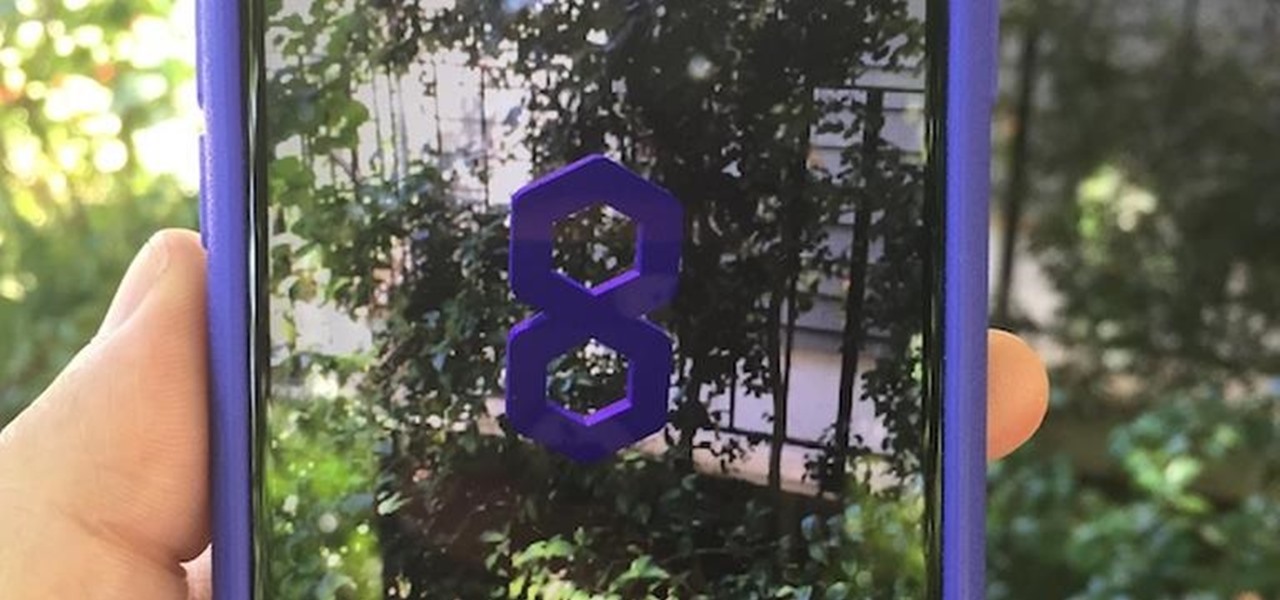

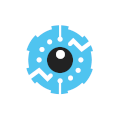
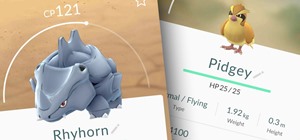

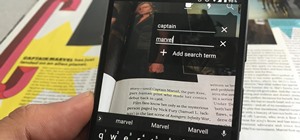


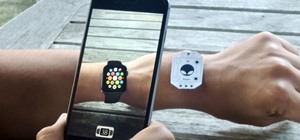
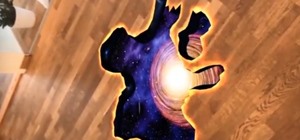
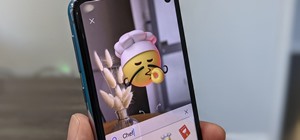




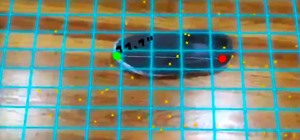


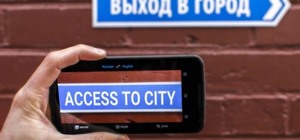
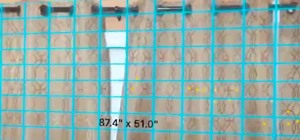
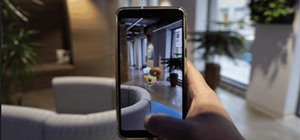
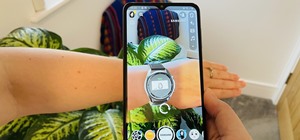
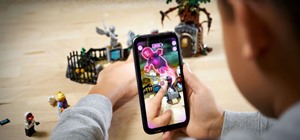
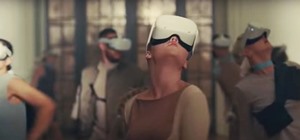
Be the First to Comment
Share Your Thoughts